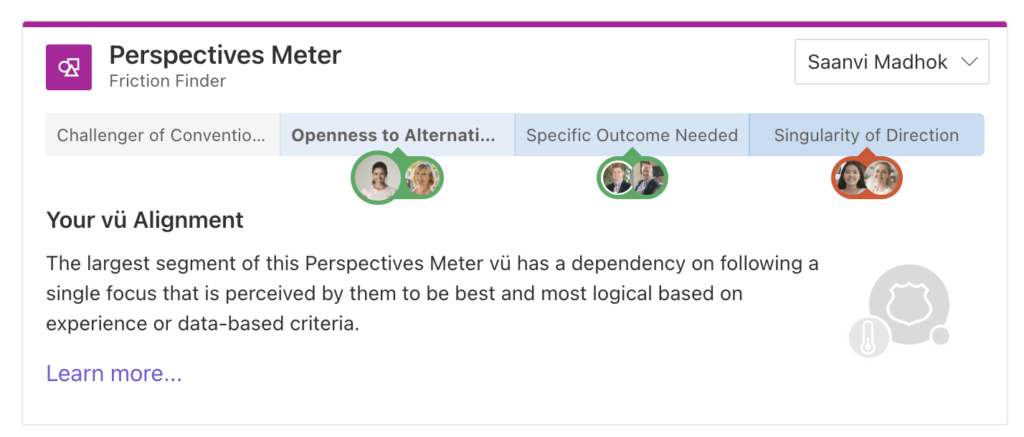Understand workplace conflict to save costs and keep it from derailing your team

Friction in the workplace can be very costly. In an opinion piece published in The Training Journal last year, author David Liddle notes that in addition to the average cost of USD$1,200 per employee per year, there are “significant organizational and human costs, too.”
A CPP Global study drills this down even further, citing fact that the average employee surrenders 2.8 hours per week to conflict. Further, nearly half of this conflict is attributable to human trait issues.
“Much of this costly workplace friction can be avoided by simple awareness,” said Dr. Kim Wiseman, behavioral scientist at Collaboration Insights.
“Work teammates often are just “wired differently,” and when they don’t understand this, natural friction is inevitable,” Wiseman said.
Understanding that everyone is wired differently is key
Wiseman, along with behavioral scientist colleague Tim Golden, have identified seven “Friction Finder Meters” where human differences can create workplace friction. “When we are aware of how we naturally come at life differently than others around us we can understand why we might be feeling friction and what we can do to make that a positive part of working together instead of a negative one,” Golden said.
It is the need for this understanding in the workplace, in homes, and in community groups that motivated Wiseman and Golden to create the Friction Finder, one of the cornerstones of the yüMIvü People Chemistry platform.
The Friction Finder includes scaled meters that provide team awareness across these natural conflict points:
- Communication
- Approach
- Consistency
- Perspectives
- Flexibility
- Focus
- Multitasking

Each meter plots out how each team member is wired and provides alerts about where natural friction can be expected.
Wiseman and Golden point to the Perspectives Meter, as an example. A team member may simply be wired for a Singularity of Direction. This individual arrives at a discussion with what appears to be a decision already made. This individual’s strong proficiency at Logic and Numbers – a “Dominant Trait” – has simply led them to preprocess to a conclusion.
Another team member may be wired to envision and bring multiple perspectives from the same input to the discussion. When this person raises multiple options, they may feel “steamrolled” by the individual who needs a logical path to process alternatives – friction between the two may be the unintended consequences. But there’s no need conflict.
“These individuals simply have different brain pathway priorities as they process input,” said Golden. “They are wired differently and that can be a great asset for both once they recognize it. Rarely is the person with a predetermined outcome unwilling to change. In fact, they will consider alternatives if they can see them as logical.”
Friction can actually be healthy
Wiseman and Goldman note that friction can be healthy if individuals involved don’t let their natural differences turn into an emotion-based conflict. Awareness of what is happening is critical.
“yüMIvü is about teams reducing conflict and collaboratively working better together,” Wiseman observes. “For that we need visibility into how we are individually wired uniquely so that our differences become our strengths, not our undoing as teams.”
yüMIvü is designed as a social sharing application. Any individual can create a free profile and invite others by clicking by clicking here. Once in the app, users can create Groups or invite Connections for sharing and comparing Friction Finder results.
To learn more about yüMIvü from Collaboration Insights, visit www.yumivu.com.